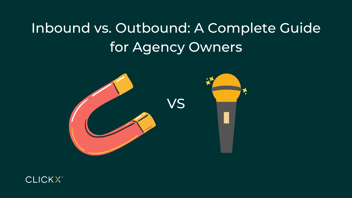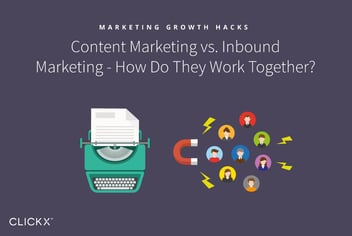The Anatomy of a Successful Inbound Marketing Campaign
You’re more than aware that inbound marketing is important for your business, but among all of the different strategies, you’ve begun to feel a little lost as to how they all work together.
Inbound marketing not only produces a steady stream of business, but does so at a much cheaper cost than outbound marketing. To build this kind of plan, you need a big picture look at how each piece of the puzzle works together to attract potential clients to your business and eventually convert their attention into sales.
There are many types of marketing considered to play a role in inbound marketing, but today you’ll learn about the three core elements that work most effectively together to build one cohesive online strategy.
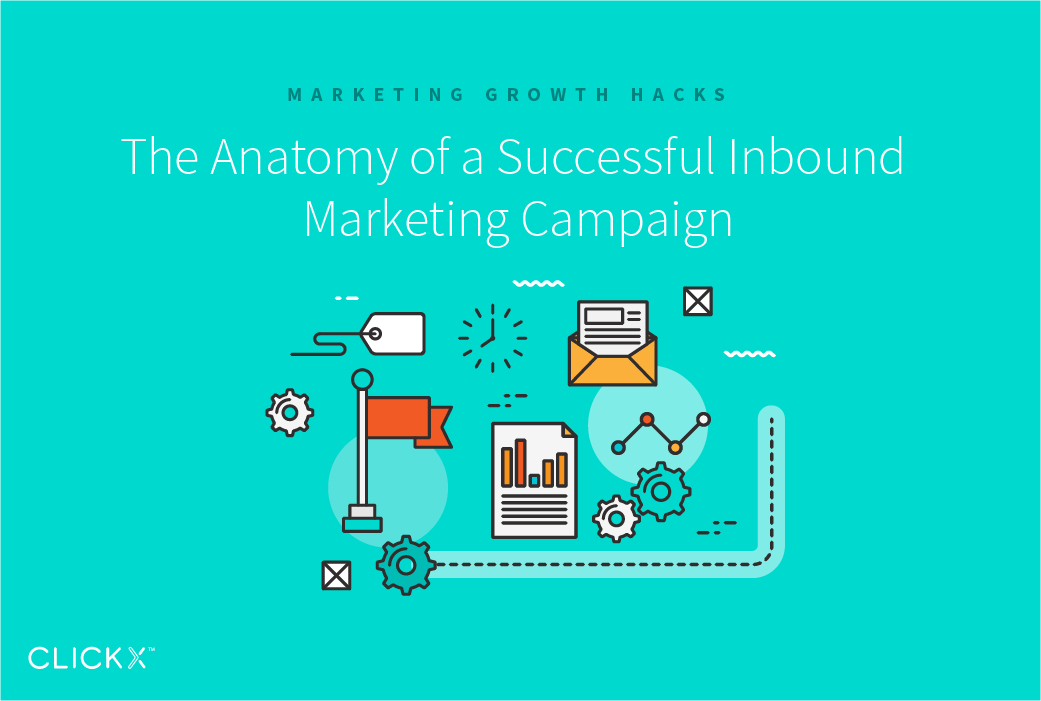
What is Inbound Marketing?
Inbound marketing is content designed to draw potential customers to your brand.
This is in contrast to cold pitching them on who you are and what you offer. Imagine never needing to make cold calls or send off pitch emails to loose connections, ever again! A successful inbound marketing campaign leads customers to you, asking for your services of their own accord.
Let’s put this another way.
There are many types of content-based marketing strategies that can work together for inbound marketing, but in the end it all boils down to this one concept: Produce interesting and useful enough content to attract attention from potential customers at all stages of the purchase funnel.
We’re going to hone in on what we believe are today’s big three for inbound marketing. These are content marketing, social media marketing, and email marketing.
Let’s take a closer look at how to turn these into your personal client generator!
Create a Central Hub With Content Marketing
Content marketing is the creation and distribution of valuable, relevant, and consistent content targeted at a specific buyer market and designed to eventually lead to profits.
This content can include text, images, and video. Blogs are a great way to organize this!
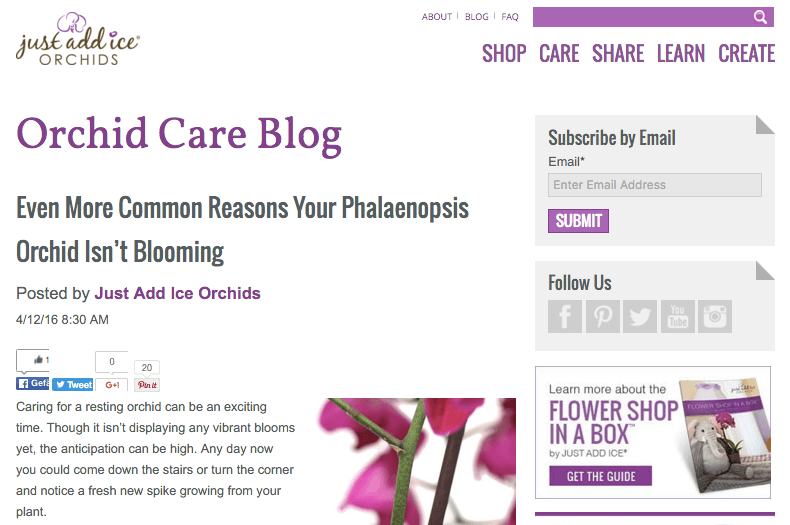
As we’ve said before, inbound marketing is all about bringing the customer to you. Content marketing builds a sort of hub that the rest of inbound marketing relies on. This means you’ll need your own website that you can create and post objectively useful content to.
The content you make available on your hub is what drives the rest of your inbound marketing avenues. Your content marketing works through the power of organic search traffic, high conversion landing pages, and any other content shared through other outlets, such as social media or email newsletters. Ultimately, it all comes back to your central hub of content.
It’s important to build from your own website because it provides you with complete control and access. Additionally, by keeping your content yours, you’ll never need to worry that some third party service may swallow it whole if or when it crashes and burns.
How does content marketing get executed in real life, by successful companies? Check out the blogs of businesses like River Pools, Godfrey Hoffman Associates, and Just Add Ice Orchids. If you want to think even bigger, try this innovative content marketing list.
Build Brand Awareness on Social Media
Words that simply sit on a page without anyone creating conversation about it simply isn’t interactive or engaging. That’s where social media marketing comes in.
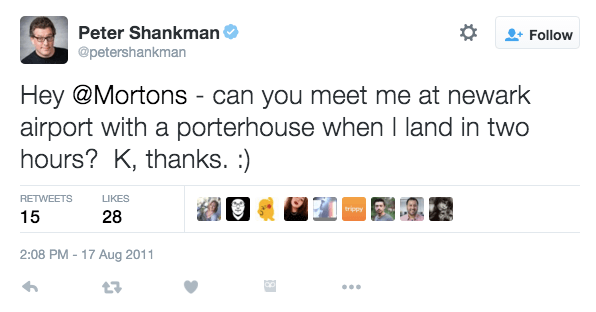
Social media creates a brand awareness that goes far beyond blog posts, by building business relationships alongside the information you’re making available through your content marketing strategy.
You can do this by:
- Showing off the personal side of your business (i.e. is your social content humorous, informative, reliable?).
- Creating real connections by having conversations with potential clients.
- Providing timely support for existing clients right where they are most comfortable.
Social media is like having your own public relations manager—showing off the way your business handles real life situations in front of the masses.
It’s not hard to find businesses rocking out social media as a marketing platform. A few of our favorites are:
- Body Form: They took a hilarious comment on their Facebook page, and ran with it by creating a reply video.
- Mortons: Delivered a steak to the airport in response to a joking request on Twitter.
- BuffWorks: Posts photos of their pants being worn all over the world, associating their clothing with adventure.
Keep People Invested With Email Marketing
Think of social media like a coffee date. You’ve shown a little bit about your personality, and maybe even revealed some pretty interesting things about what’s going on in your life (read: your content marketing).
[Tweet “Social media is like a first coffee date. Email marketing is asking to keep seeing each other.”]
Email marketing is the next step – asking someone to keep seeing you in hopes that it turns into something a little more serious one day.

Once they accept, email marketing keeps potential, current, and past clients all interested and paying attention by discussing the things they care about in your emails. Here’s a giant list of valuable email marketing statistics to help you craft valuable emails.
Not sure where to start? Try to:
- Fix their daily business problems
- Keep them up to date on industry news in a way it relates to them
By planning out your messaging, you can mirror your content marketing and email messaging with complementary information and links to ensure that the entire strategy is delivered in harmony.
Many companies use email marketing as a big part of their campaign strategy, and it would take a week solid to review how many effective (and in-effective) techniques there are. That said, here’s a curated list of examples to highlight strong email marketing, which includes:
- Catchy subject titles, courtesy of BuzzFeed
- Sweet and simple content by Canva
- Useful (and delicious) content with easy options to forward, by Cook Smarts
- Emails from Stitcher, featuring customized “Recommended For You” content
Email can build a deep connection that leads to potential customers hiring you, because you are their go-to resource. You may remember this as being the entire point of inbound marketing.
Oh, and are you worried about whether email marketing is old fashioned? Nope. In the last year, ROI on email marketing was on average $38 to the every $1 spent, and the numbers indicate that is return getting better with every year.
Conclusion
You’ve been focusing so hard on your individual marketing strategies that you’ve never taken a moment to step back and make sure they’re all working together as a team to create a cohesive sales funnel.
By learning more about the roles that content marketing, social media, and email marketing all play for inbound marketing online, you can begin to optimize each step of the way to create a more effective inbound marketing plan.
Have you taken a moment to look at your inbound marketing plan with the big picture view? Tell us about which of these pieces you struggle with most in the comments below, and we’ll be right here to make sure you are able to create a solid strategy!
Image credits: Ed Gregory

